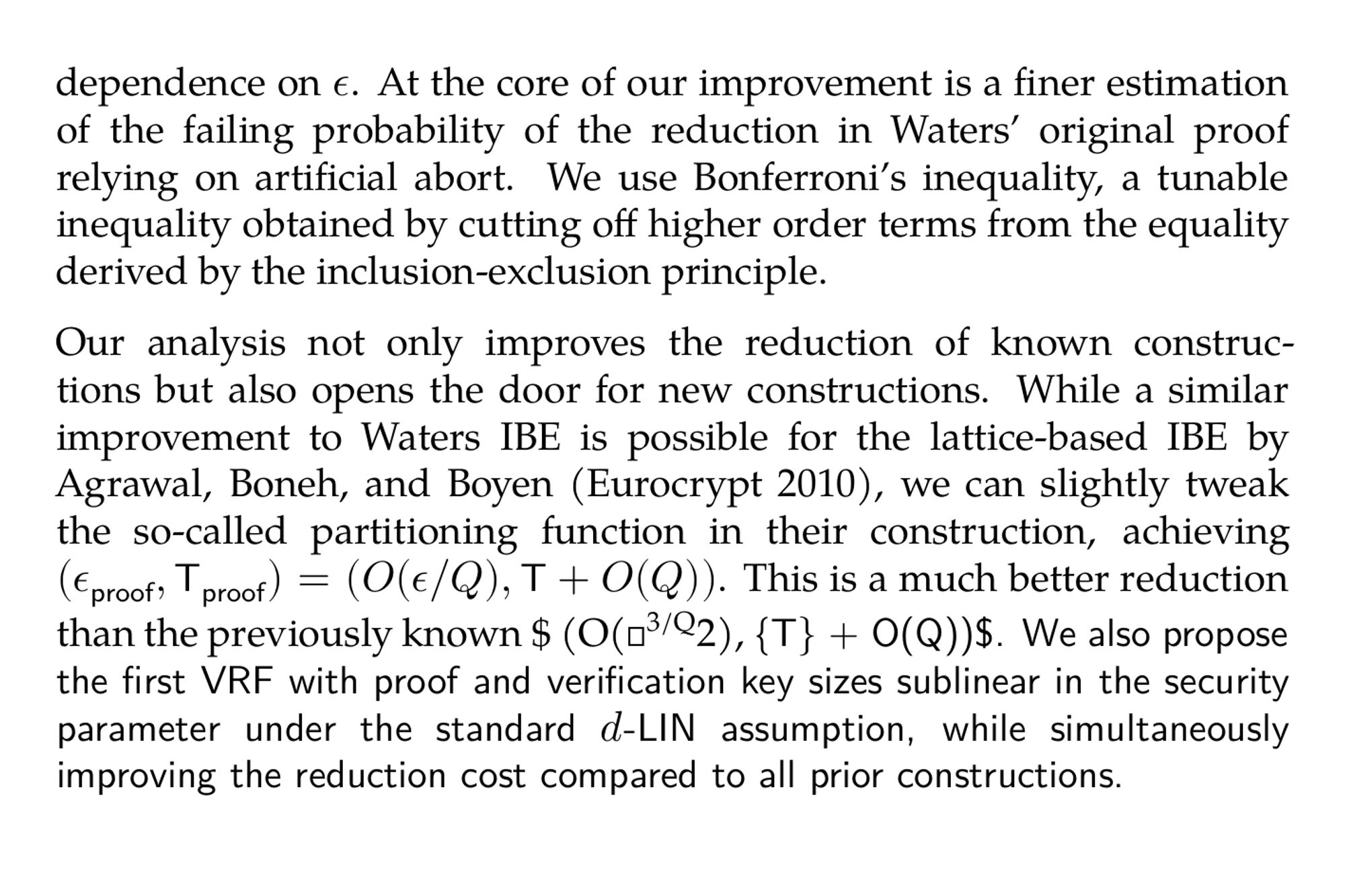serio isso foi nada 625 IBES - Sao Torquato da minha parte
Hätte mir Alessia Herren bei #ibes#sommerhaus
Tighter Adaptive IBEs and VRFs: Revisiting Waters’ Artificial Abort (Goichiro Hanaoka, Shuichi Katsumata, Kei Kimura, Kaoru Takemure, Shota Yamada) ia.cr/2024/1481


enche mais fds mesmo, mas jaja cai o movimento assim como tudo que abre no ibes kkk
ERA PRA EU ESTAR CHEGANDO NO TERMINAL DO IBES NESSA BUCETA QUE INFERNO CADE ESSE ÔNIBUS PORRA
omg vc no ibes tbm
como poder a coxinha com catupiry aqui do terminal do ibes ser uma refeição
Ich habe es noch mal mit RTL+ und Stefan Raab probiert. Der Streaming Dienst funktioniert bei mir NICHT MEHR am PC (Windows 11) da streame ich meistens. Getestet mit Google Chrome, Edge und Opera inkl. privater Modus. So ist es für mich unbrauchbar. Mit "ibes" ging noch alles.Ich habe es noch mal mit RTL+ und Stefan Raab probiert. Der Streaming Dienst funktioniert bei mir NICHT MEHR am PC (Windows 11) da streame ich meistens. Getestet mit Google Chrome, Edge und Opera inkl. privater Modus. So ist es für mich unbrauchbar. Mit "ibes" ging noch alles.
